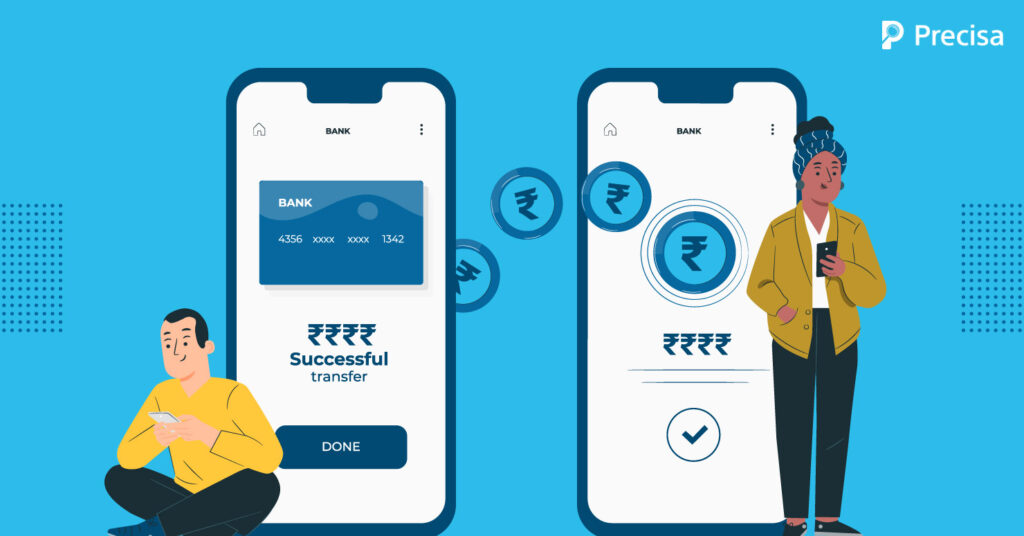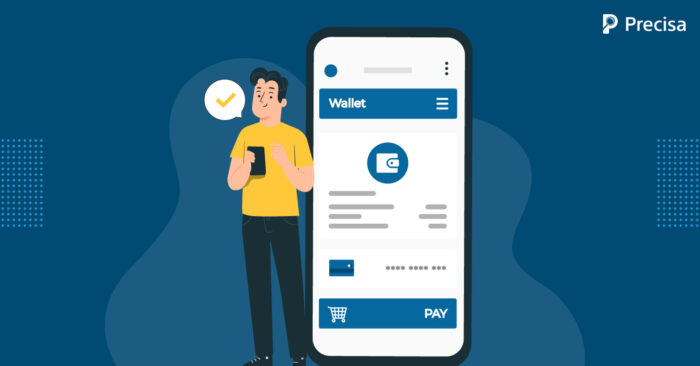Financial Interactions in a Post-pandemic World & the Role of Digital Payments

The pandemic has changed the way businesses operate, in India as well as the world. Due to the pandemic, large-scale trends have taken off across industrial sectors, such as digital transformation, remote working, and so on. The way people financially interact with each other is also changing.
By financial interaction, we mean the medium of financial dealings. Are people using cash? Credit cards? Debit cards? NEFT? UPI? Cryptocurrencies?
The primary factors driving the change in financial interactions are the effect of the pandemic and the growing availability of technology-based alternatives. Further, the convenience and security of interacting digitally are having a significant impact on how soon we may see a cashless economy.
In this article, we’ll talk about how COVID-19 has affected financial interactions, the role of digital payments, and what the future of payment looks like.
From Cash to Digital Payments: The Changing Landscape
Cash was king for a long time, but now something else may takeover the throne. Let’s see how.
The Impact of COVID-19
Once the pandemic struck, people had to shift a significant part of their activities online. Businesses had to adapt or die. During the hey-deys of the pandemic, e-commerce saw unprecedented growth. Whether groceries, clothes, books, appliances, or whatnot, everything was bought online. And how were people paying for it? More often than not, they used digital methods to pay for these purchases.
As cash was seen as a contact-heavy way of transacting and since financial interactions had shifted online, there was a decline in the handling and usage of cash to make payments.
According to Statista, around 33% of respondents in India reported that they used more digital payments than cash in April 2020 (one month after the pandemic hit India).
This trend was not only true for India but the entire world. Advanced as well as emerging economies saw a marked increase in using non-cash ways for payments.
Even though we cannot say whether these changes will stick forever or if it was an aberration, an educated guess would be that digital payments are here to stay, and businesses around the world are treating them as such.
The Role of Digital Payments
By digital, we mean all kinds of non-cash ways to make payments, like payment gateways, UPI, payment wallets, bank transfers, cryptocurrencies, etc. Even though debit cards and credit cards have been around for a very long time, it is only recently that you can use them to make payments online without the use of POS systems.
India is betting on a cashless economy in the near future, along with several other countries. In fact, the RBI has announced that it is working on a digital version of the Rupee. The cryptocurrency market is booming and has made giant strides since the start of the pandemic, with a majority of investors of the opinion that cryptocurrencies will be the future of payments.
Banks in India and abroad are already taking steps in preparation for greater use of digital payments. They are tying up with FinTech service providers in order to ensure that their customers can effortlessly make digital transactions through their bank accounts. In addition, they are working on making it easier to facilitate online transactions with the help of UPI. Banks have already integrated their mobile apps with fund transfer features, gearing up for the oncoming revolution.
The Way Forward
As mentioned earlier, it cannot be predicted whether digital payments will replace cash or remain just an additional means of making payments. Currently, stakeholders are making moves on the assumption that cash will continue and the two will exist in a hybrid economy.
While the pandemic has accelerated digital transformation, there are still large challenges that lie ahead. Not everyone is digital-ready. A large swath of the population in India does not have access to smartphones or the internet. In such a situation, removing cash from the economy is ultimately not feasible.
On the other hand, new-age FinTech start-ups along with traditional financial service providers have started educating people on new ways to conduct their business. The Government is also playing a significant role in ensuring that technology reaches the masses.
Overall, it would be safe to assume that digital payment methods are not going anywhere and may become even more sophisticated in the near future. In addition, foreign remittances and transactions are also becoming easier thanks to players like PayPal and Stripe.
The way forward is probably a hybrid economy in which cash remains a way to store value if not to make all payments and effect transactions.
Wrap Up
The post-pandemic world is a very new reality. We have just started to learn to live with the presence of the coronavirus. As global economies return to pre-pandemic levels of growth, there is large-scale uncertainty about the direction of the growth. For example, blockchain remains a big disruptor without any regulatory answers.
Digital lending is another trend that is changing banking as we know it, with completely paperless digital credits.
If you’re wondering how to analyse bank statements and create a report without spending hours on them, check out Precisa’s analysis tool today.



